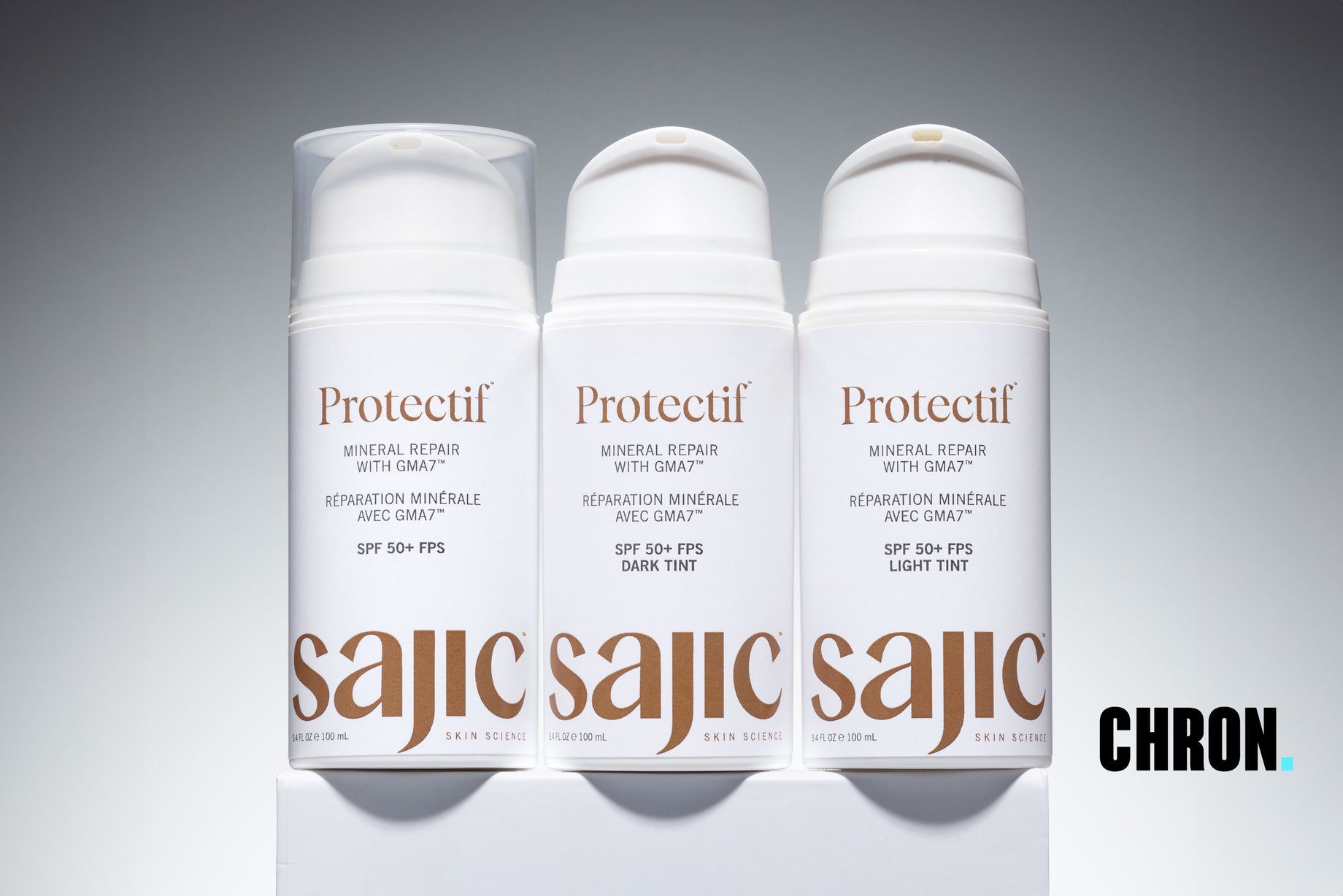If you’re struggling with problematic skin, you’re probably familiar with salicylic acid, benzoyl peroxide, and glycolic acid. However, there’s a new ingredient gaining popularity for its skin-clearing benefits: azelaic acid. In this article, we’ll explore what this naturally occurring acid is, what dermatologists have to say about it, and how to determine if it’s the right choice for your skin-care routine. Discover the benefits of azelaic acid and whether it lives up to the hype.
Does azelaic acid help fight acne?
In one word: yes. Azelaic acid is an effective treatment for acne due to its antimicrobial properties. According to Boston dermatologist Dennis A. Porto, MD, the acid can treat both acne and hyperpigmentation resulting from it. For those with darker skin types who deal with blemishes and scarring, Conroe dermatologist Lana Hawayek, MD recommends azelaic acid. Combining the acid with other skin-clearing ingredients, such as retinol and mild salicylic acid, can provide even stronger results. Ontario dermatologist Dusan Sajic, MD recommends this combination, as the ingredients have different mechanisms that work together synergistically.
Does azelaic acid lighten hyperpigmentation?
If you’re dealing with hyperpigmentation, azelaic acid can be an effective treatment option. New York dermatologist Marisa Garshick, MD suggests that the acid can help even out skin tone and lighten up melasma. According to Dr. Porto, azelaic acid decreases abnormal melanin, which helps remove dark spots from the skin. For optimal results, Dr. Sajic recommends combining azelaic acid with tranexamic acid, vitamin C, kojic acid, and arbutin. Recent studies have shown that this combination can be just as effective as hydroquinone, which is a less popular option.
To read more click here






